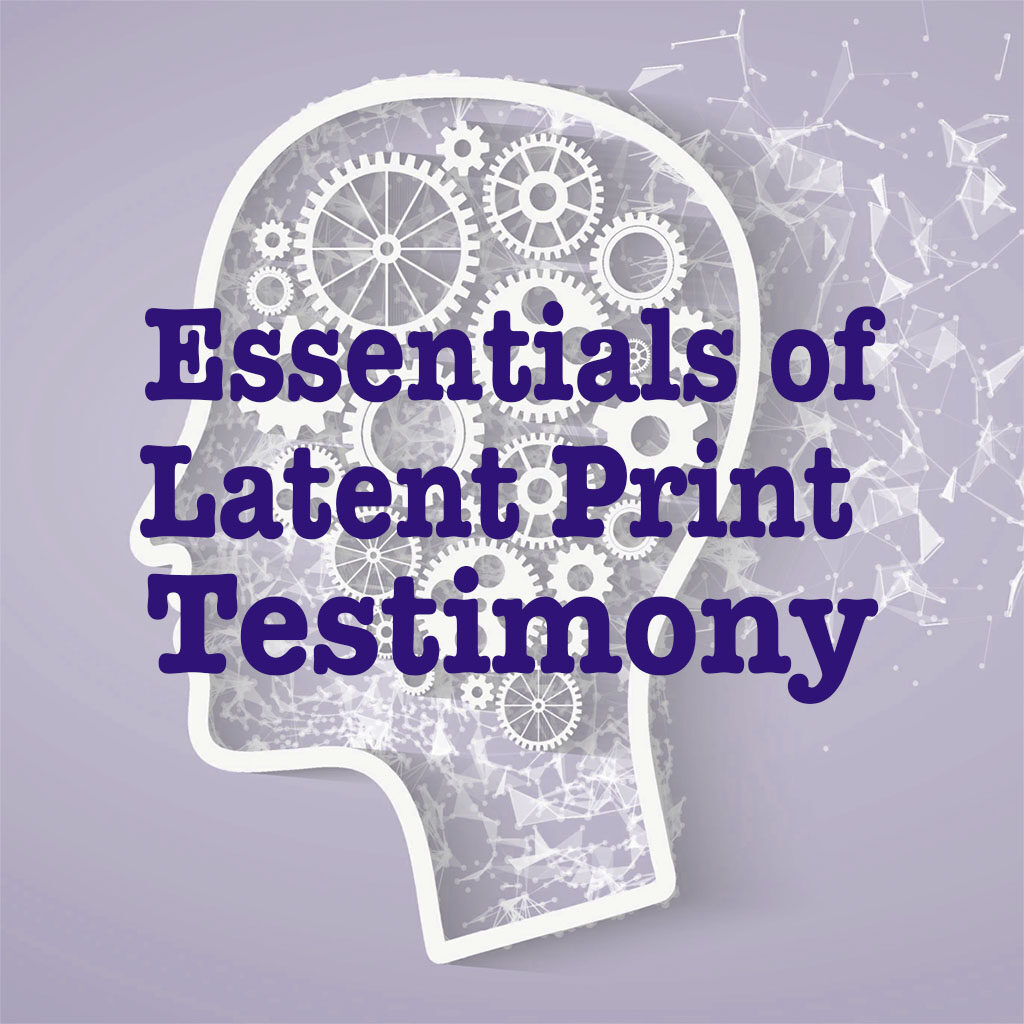
Please note Alice has re-engineered her in-person classes, blending related topics at the core of friction ridge examinations: 1) distortion and identifications, 2) comparisons and exclusions, and 3) academics and testimony. This course focuses on #3 – academics and testimony.
This course is 4 1/2 days (36 hours) and priced at $650 per student in the United States and Canada (rate will be be adjusted to accommodate taxes or international travel, if applicable). This class is approved by the IAI for 36 training hours toward Latent Print and Tenprint Certification. Up to 16 hours of this class may be applied to the courtroom testimony training requirement for initial IAI Certification. To host a class, please contact Alice White via email: Alice@EvolveForensics.com
Host agencies receive a 10% registration discount.
There are two primary domains of knowledge that support the validity of latent print discipline: 1) science demonstrating the discriminating power of friction ridge impressions and 2) science demonstrating trained examiners can provide accurate conclusions. While examiners typically learn much of this information as part of training, they often struggle articulating these complex concepts to the trier of fact. In this course we will explore the following aspects of friction ridge impressions: history of empirical observations, biological foundations, twin studies, and pattern and minutiae distribution studies. We will then explore the following aspects of the examiners: visual expertise, error rates, and laboratory operations that mitigate errors in casework. For each of these concepts, we will discuss strategies to present the information impartially and avoid overstating the meaning of the research.
This intense 4 ½ day workshop will review key concepts and research underlying both domains that can be used to support latent print admissibility. The instructor will facilitate discussions and mentor attendees. Attendees will, in groups, devise questions and answers covering the concepts and practice testimony. The content of the course is organized into four blocks that logically build on one another to promote learning. Each block is reinforced with a testimony practical. At the end of the week, each attendee receives complete sets of testimony questions and answers (from all groups) that cover the entirety of the material from this course. These documents provide multiple approaches to testimony and serve as excellent “testimony refresh” guides.
